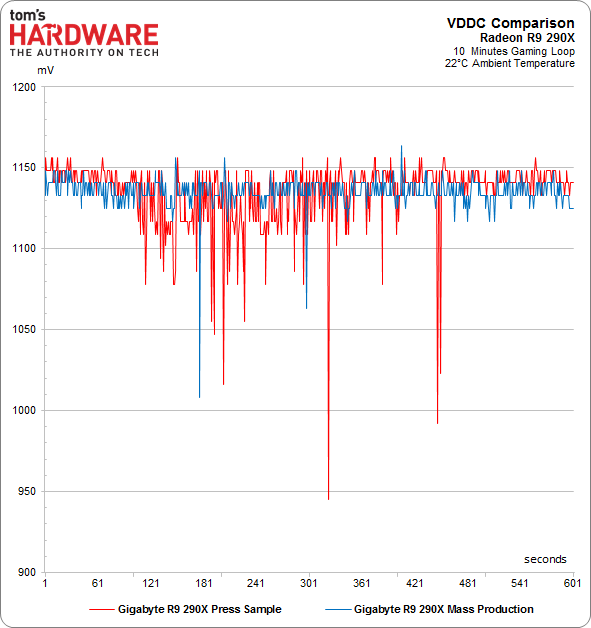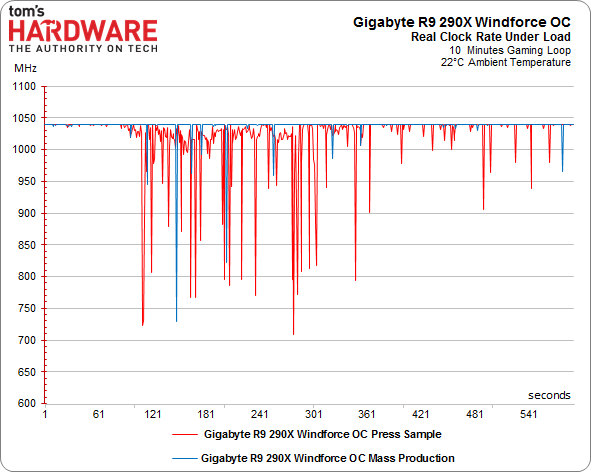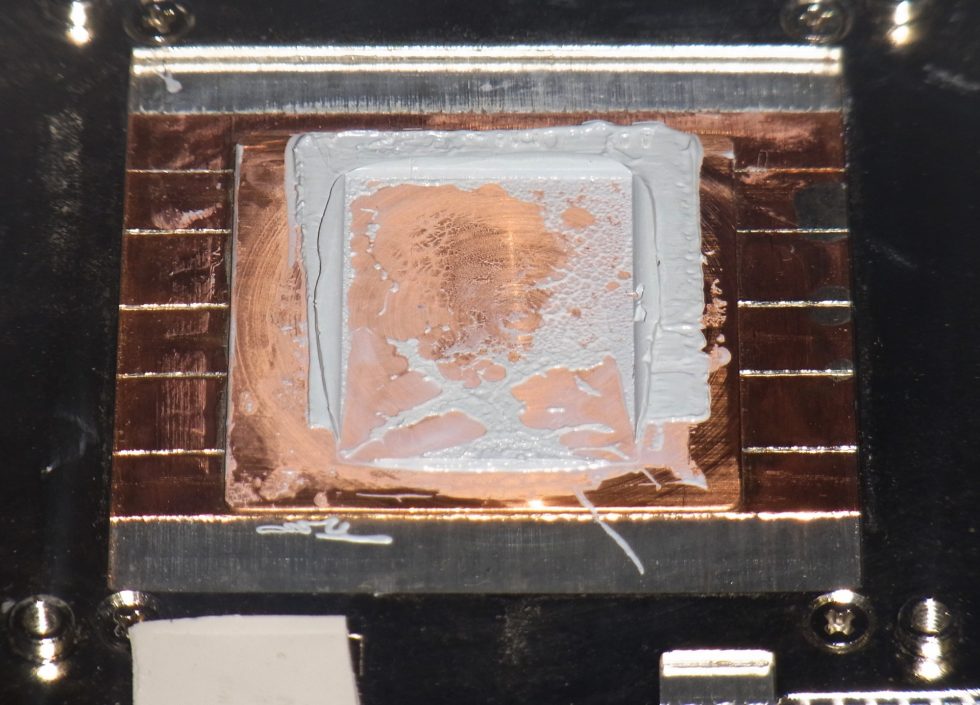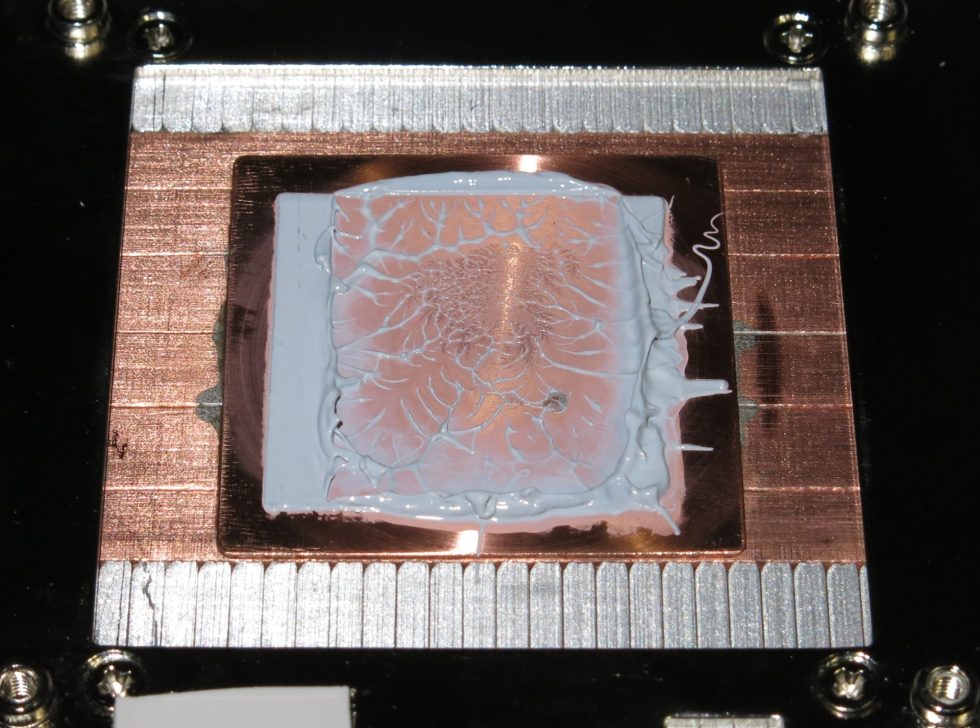Even 10 years ago, I was already taking apart graphics cards and looking for causes of anomalies. At that time, of course, I still wrote in “we” form, because the big editorial offices almost always demand the subordination of one’s own ego to the conformist mass of employees. Just in case anyone was wondering, that was the way it had to be back then. The concrete reason for the article at that time was the very different behavior of press samples and retail cards, thus once again the Golden Sample topic…
Original article – The cooler is innocent – but it will still only be a second-class acquittal
In order to finally see things more clearly and to be able to better sort and classify all the information and possible misinformation, we compared a sample from the current production with our press sample – with an interesting result after all. But first things first, because we need to take a closer look at one or the other circumstance. After all the measurements, we naturally disassembled the card again and found that both coolers look identical. However, we can’t completely exempt the cooler from criticism, because the outer heat pipe with the cut copper plate is at least 3 Kelvin cooler than the outer counterpart. However, this shouldn’t make much difference to the overall performance, but this solution isn’t really optimal.
Press sample:
Retail card:
The thing with the BIOS – bull’s eye!
Gigabyte recently referred to a changed and adapted BIOS in its public press releases, which is supposed to differentiate the mass-produced cards from the press sample. We compared both cards in detail and could see that especially the VDDC, i.e. the voltage with which the GPU is operated, differs in detail. However, this is not just a pure Power Tune setting where the Power Target was played with. But let’s compare for ourselves:

Not only is the voltage lower on average, it is also largely free of the extreme fluctuations that we still noticed in the press sample. The clock rates also clearly benefit from the changes Gigabyte has made to the BIOS. The enormous clock drops are no longer an issue and the overall performance is also much more respectable:

All of this already gives us hope, so we now curiously jumped into the comparison measurements for temperatures, noise development and gaming performance.


































Bisher keine Kommentare
Kommentar
Lade neue Kommentare
Artikel-Butler
Alle Kommentare lesen unter igor´sLAB Community →